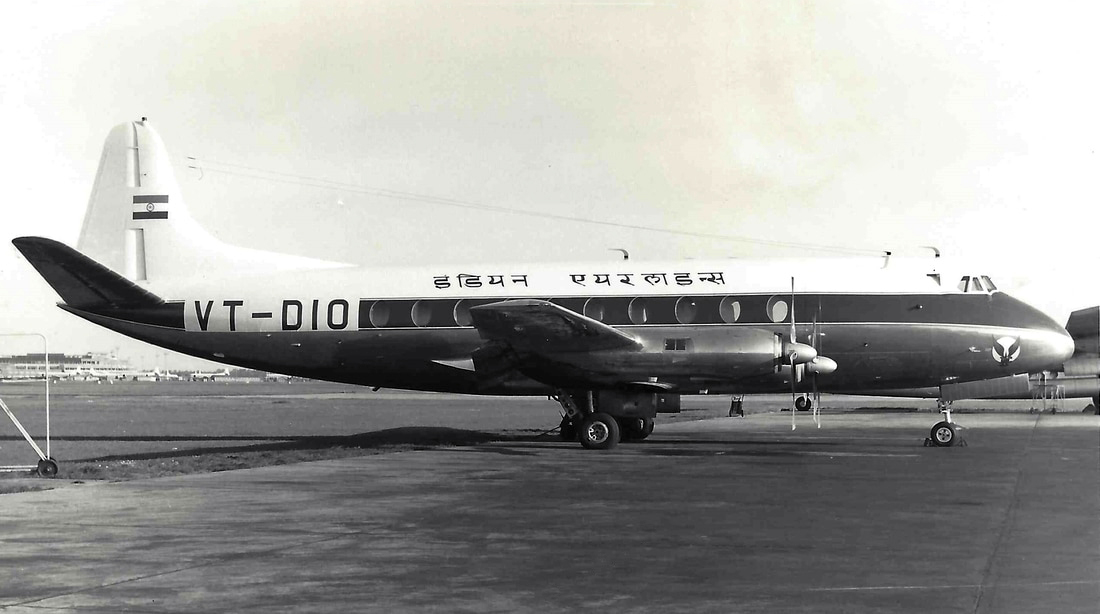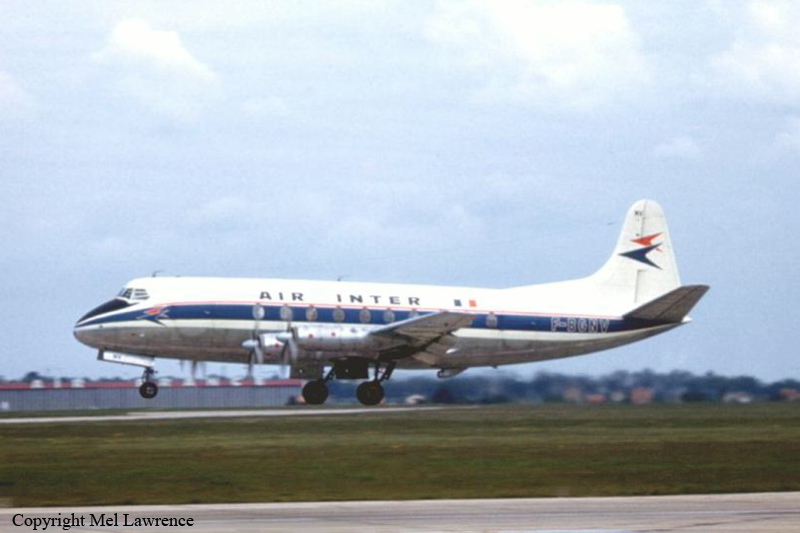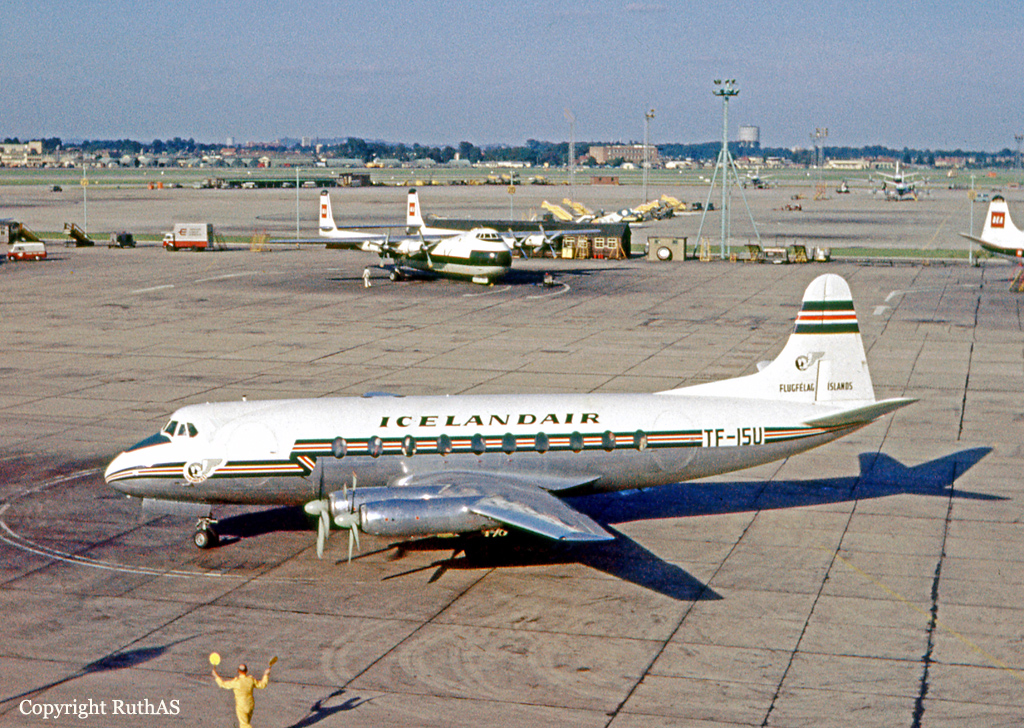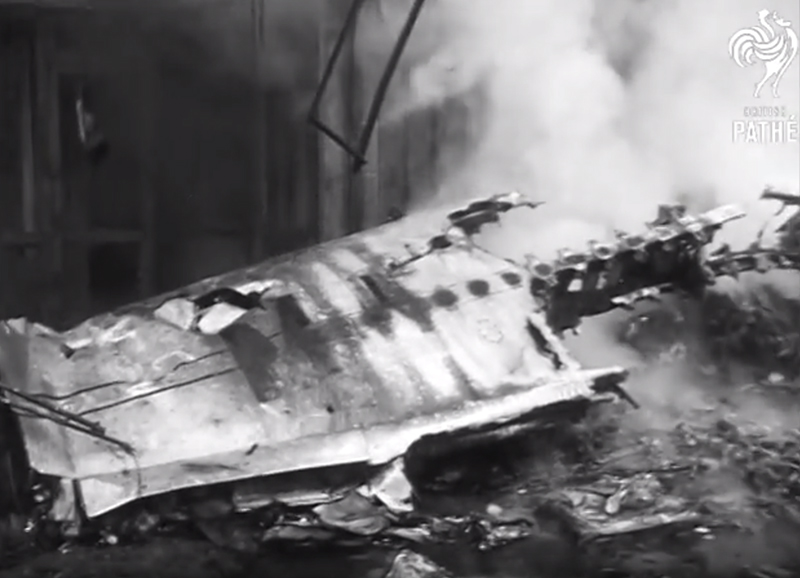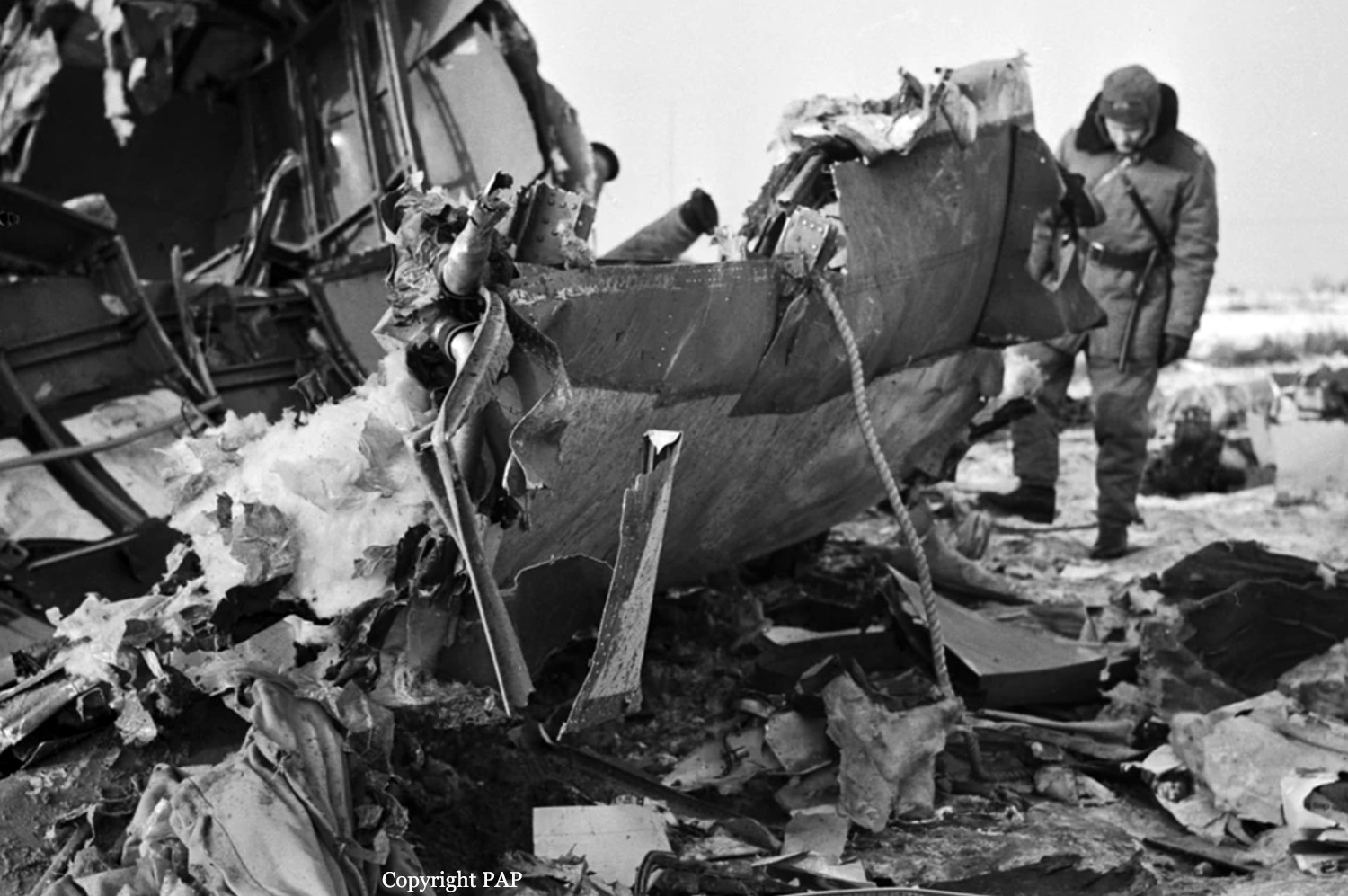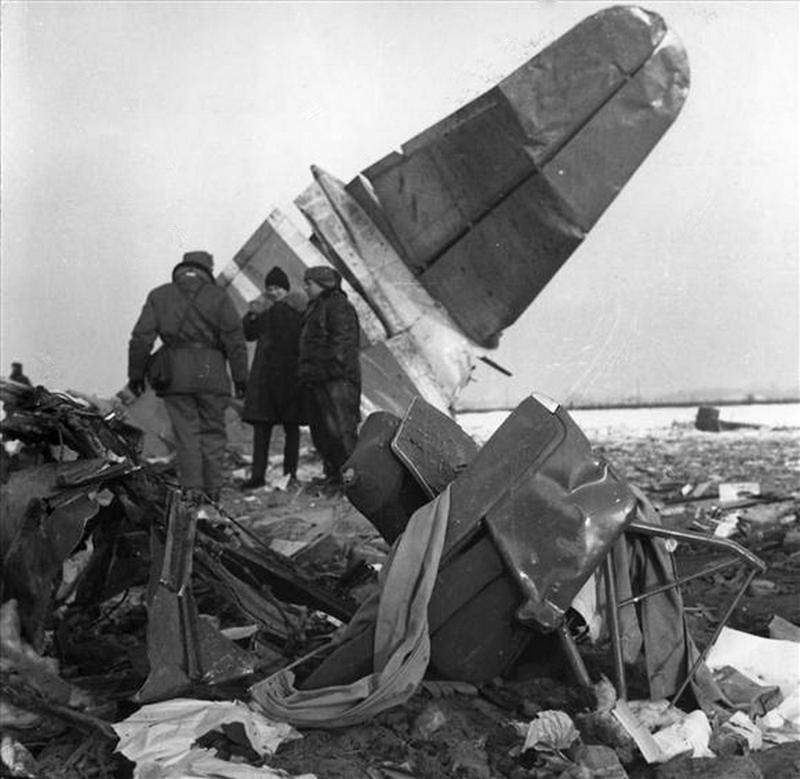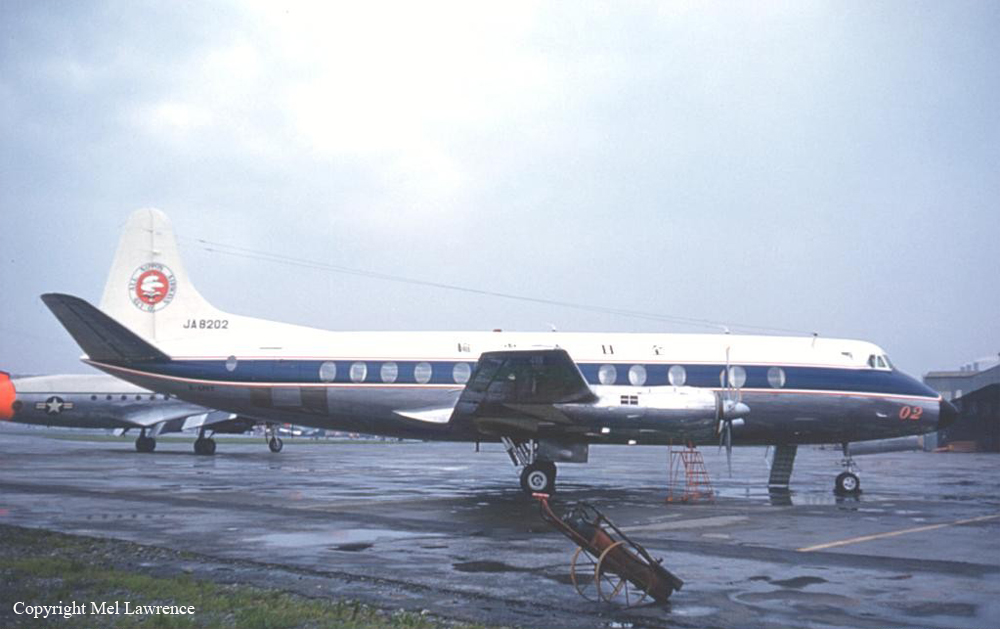Crash of a Vickers 785D Viscount on Mt Somma: 45 killed
Date & Time:
Mar 28, 1964 at 2239 LT
Registration:
I-LAKE
Survivors:
No
Schedule:
Milan - Rome - Naples
MSN:
328
YOM:
1957
Flight number:
AZ045
Crew on board:
5
Crew fatalities:
Pax on board:
40
Pax fatalities:
Other fatalities:
Total fatalities:
45
Circumstances:
Alitalia Flight 045 departed Rome (FCO) at 21:10 GMT and climbed to a cruising altitude of FL70. At 21:32 the crew were cleared to descend to 5,000 feet and further down to 4,000 feet on its way to Naples (NAP). Last radio contact with the flight was at 21:37 when leaving the LD NDB for a direct visual approach. A wide turn on downwind leg caused the aircraft to enter a area of heavy showers. At 2139 the aircraft flew into Monte Somma, at an altitude of 610 m (2000 feet) on a 90° heading with a 20° left bank. Mt Somma is part of the Mt Vesuvius Mountain Range.
Probable cause:
The accident was the consequence of the following factors:
- Delayed interruption of, or failure to interrupt, visual approach in the absence of minimum visibility conditions required for the type of manoeuvre involved;
- Abnormally wide initiation of down wind leg which brought the aircraft considerably south of the circuit for visual descent to the airport and along an unsafe path in relation to the terrain in the area;
- Inaccurate estimate of position of aircraft as a result of which the left turn manoeuvre was initiated too late for completion of the required manoeuvre.
- Delayed interruption of, or failure to interrupt, visual approach in the absence of minimum visibility conditions required for the type of manoeuvre involved;
- Abnormally wide initiation of down wind leg which brought the aircraft considerably south of the circuit for visual descent to the airport and along an unsafe path in relation to the terrain in the area;
- Inaccurate estimate of position of aircraft as a result of which the left turn manoeuvre was initiated too late for completion of the required manoeuvre.






